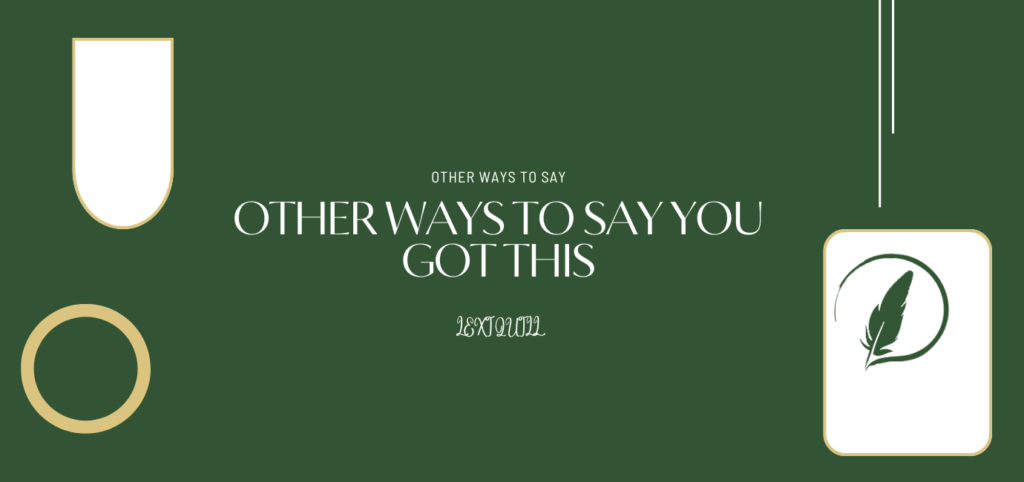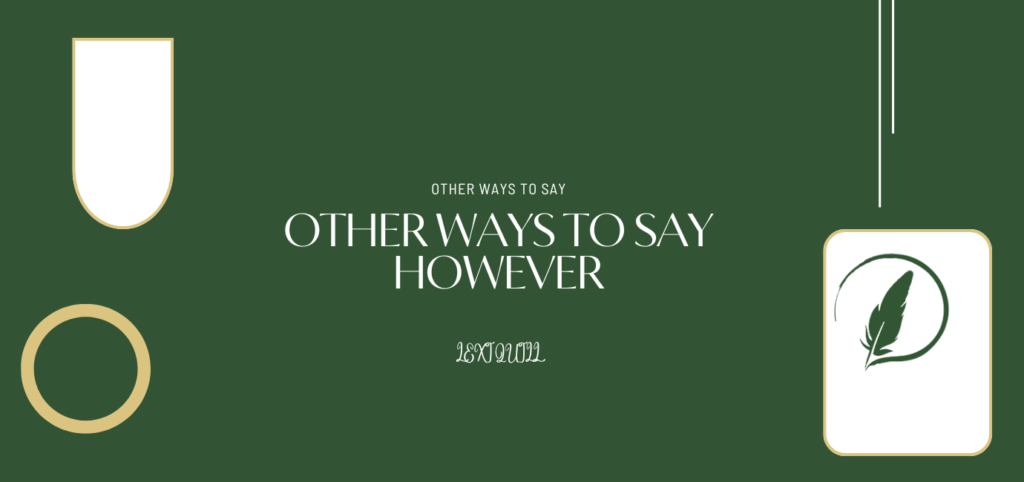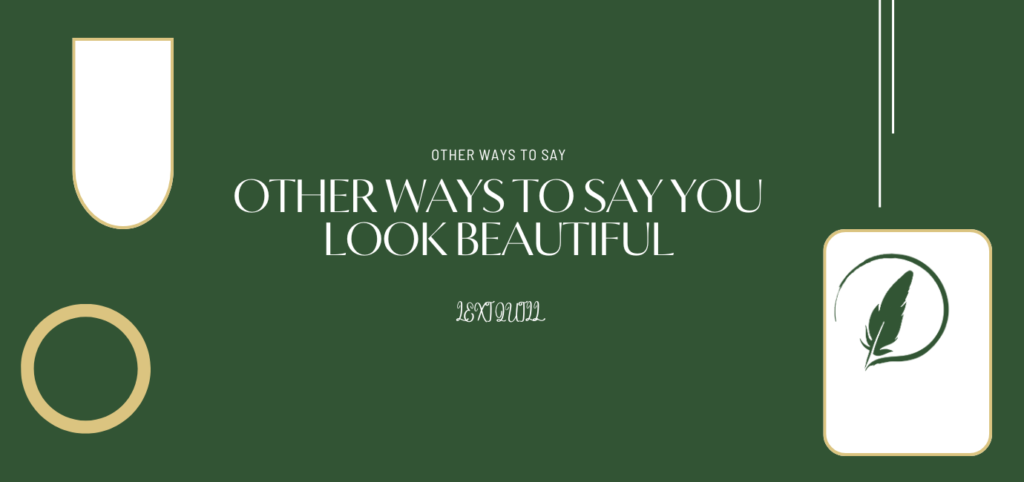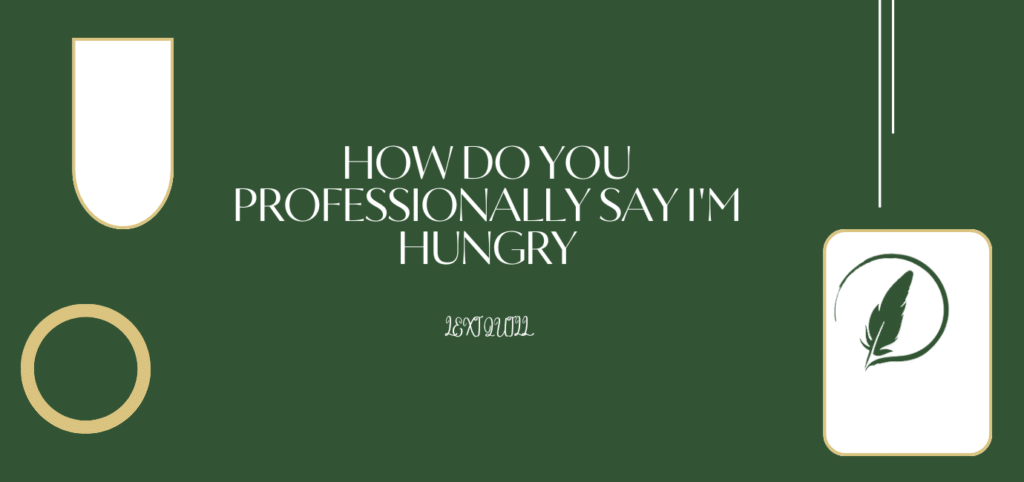Effective communication isn’t just about relaying information it’s also about how that information is received and acknowledged. The phrase “Got it, thank you“ is commonly used in both casual and professional settings to express understanding and appreciation. However, depending on the context, this go-to response may come across as too brief, too casual, or even repetitive. That’s where having a range of alternative phrases can help you communicate with more intention, clarity, and nuance.
Why Use Alternatives?
While “Got it, thank you” is perfectly acceptable, switching things up can be beneficial for several reasons:
- Tone Matching: Different conversations call for different tones—formal, friendly, warm, assertive, or professional. The way you respond can reflect the tone you want to set or maintain.
- Avoiding Repetition: If you’re in frequent communication, especially over email or messaging platforms, varying your language prevents your responses from sounding robotic or scripted.
- Demonstrating Attentiveness: Tailoring your reply to suit the situation shows that you’re not just acknowledging the message, but actually paying attention to how it was delivered.
1. Understood, Thanks!
A concise and professional way to acknowledge information with a polite touch.
Example:
Manager: “Please submit the report by EOD Thursday.”
You: “Understood, thanks!”
2. Noted, Appreciate It!
A great choice for acknowledging important instructions or updates in work-related contexts.
Example:
Colleague: “The client will be joining us on the call tomorrow.”
You: “Noted, appreciate it!”
3. Thanks, I Got It!
Slightly more casual, this phrase combines friendliness with clear understanding.
Example:
Teammate: “Just uploaded the final presentation to the shared folder.”
You: “Thanks, I got it!”
4. All Set, Thanks!
This not only acknowledges receipt of information but also signals readiness.
Example:
Travel agent: “Here’s your confirmation number and itinerary.”
You: “All set, thanks!”
5. Gotcha, Thanks!
Informal and relaxed, this phrase is better suited for casual interactions or peer-to-peer exchanges.
Example:
Friend: “Let’s meet at the park around 6.”
You: “Gotcha, thanks!”
6. Message Received, Thank You!
A clear and courteous way to acknowledge messages, especially in digital communication.
Example:
Support Agent: “Your issue has been logged and we’ll follow up within 24 hours.”
You: “Message received, thank you!”
7. I Appreciate It, Got It!
A heartfelt acknowledgment that expresses gratitude and understanding.
Example:
Supervisor: “Let me know if you need anything else.”
You: “I appreciate it, got it!”
8. Noted, Thanks a Lot!
This version adds extra warmth and can make your tone feel more human and approachable.
Example:
Project lead: “We’ll circle back on this next week.”
You: “Noted, thanks a lot!”
9. Understood, Much Appreciated!
Ideal for formal or slightly deferential situations, like replying to a senior colleague or manager.
Example:
Manager: “Please finalize the draft before the client meeting.”
You: “Understood, much appreciated!”
10. Acknowledged, Thank You!
A more formal expression that works well in serious or official correspondence.
Example:
Client: “We’ve received your invoice and will process payment shortly.”
You: “Acknowledged, thank you!”
Final Thoughts:
Language is a powerful tool, and even simple expressions like “Got it, thank you” can carry more weight when thoughtfully tailored. By choosing the right alternative, you show attentiveness, adaptability, and emotional intelligence—all of which can make your conversations more engaging and impactful. Whether you’re responding to a quick message, an email, or an in-person directive, having a few variations ready helps you match the tone and mood of the moment.
So next time someone gives you information or a task, consider switching things up. You’ll not only communicate more effectively but also stand out as someone who values thoughtful interaction.








